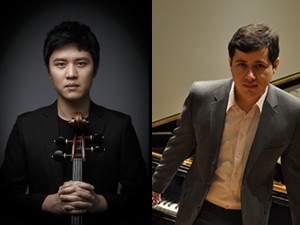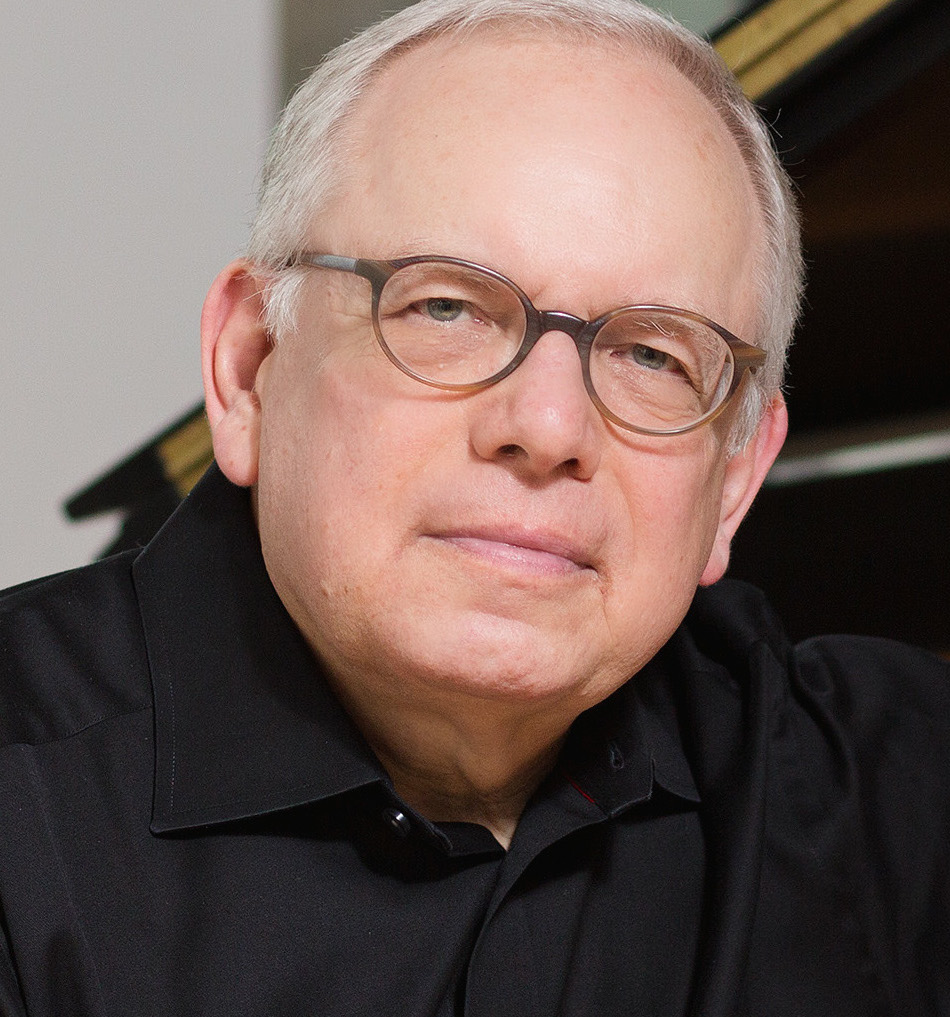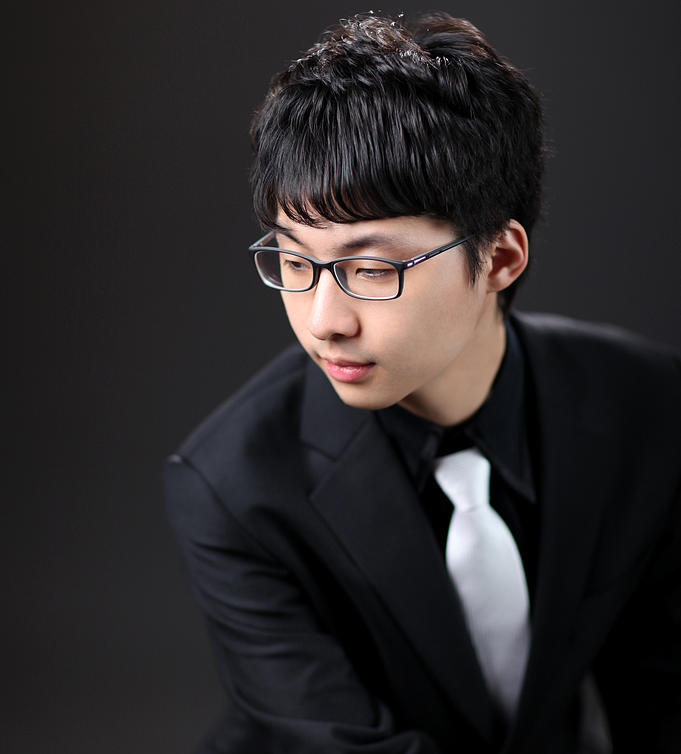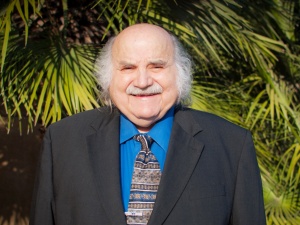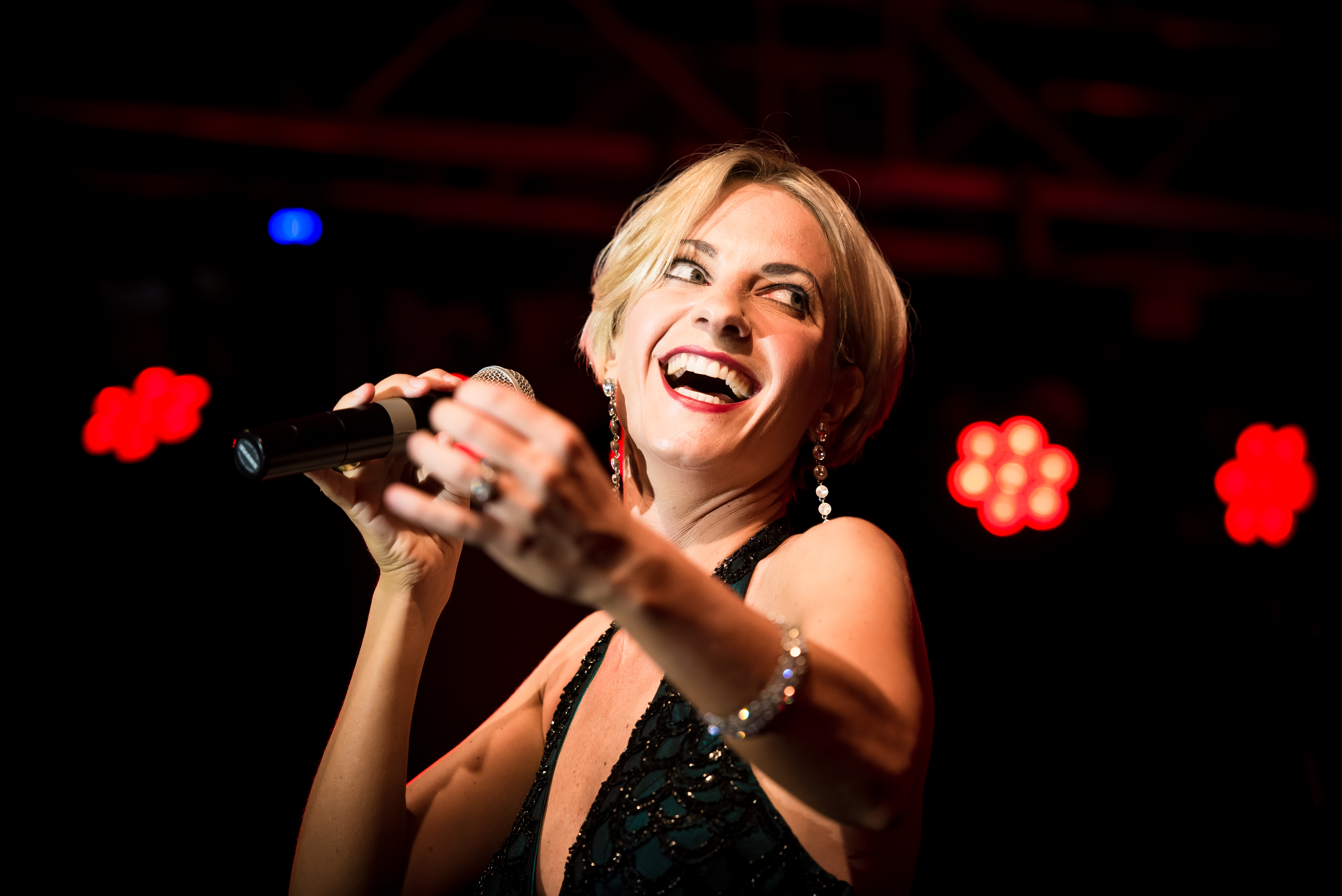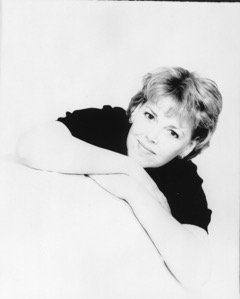Yale School of Music presents Chang Pan, cello and Ronaldo Rolim, piano
Weill Recital Hall at Carnegie Hall; New York, NY
February 3, 2016
A day of soaking rain in New York could not dampen the ardor of either performers or audience at this very fine recital by an extraordinary artist of the cello and his excellent collaborative pianist. The program consisted of de Falla’s Suite popular Española, the Franck Violin Sonata in A major, and two works by Grieg, the Intermezzo for Cello and Piano in A minor, and the Cello Sonata in A minor, Op. 36.
The principal virtue of Chang Pan’s playing is his extreme absorption in the music; he has a rapt, intense look, as one who is communing directly with the mysterious source “out there” that sustains and inspires true artists—and he possesses the technical ease to bring that inspiration into his instrument and project it to the listener. His bow arm, intonation, and the variety of colors he obtains from the cello are all sublime. He was beautifully partnered by Ronaldo Rolim, who managed every texture, no matter how thick or difficult, with consummate elegance.
The program itself, however, was uneven, with the first half devoted to transcriptions. Yes, I consider the Franck Sonata a transcription, even though the composer himself did somewhat grudgingly accept the transformation for cello which was made in his lifetime, saying it “does not kill the piece.” With so much original cello/piano repertoire, why not program something less often heard? I was very much looking forward to the “Festival Tianshan” which was originally billed, but that was substituted by a Grieg Intermezzo.
Three of the four pieces were in either A major or A minor, and I think artists should carefully consider the way pieces lead into and away from each other, and not fatigue the ear with too much of the same key. Okay, most of the “grumpy old man” portion of the review is out of the way.
The program began well, with six of the seven Canciones populares Españolas of Manuel de Falla, originally for voice and piano. Chang Pan immediately erased any concern about the missing words by playing each with vivid coloration and great spirit. He really made you hear the little allusion to female virginity in the first canción: “the fine cloth in the window won’t sell for much if it gets a spot on it.” Then followed the Franck Sonata, with all its overheated, incense-laden rhetoric and exaltation. I’ve often found in the past that with the necessary octave transpositions in the cello part compared to the violin original that the music doesn’t “speak” where it is intended to, and that with those same transpositions the cello line is buried more in the middle of the piano textures instead of floating over them. I had no reason for concern however, since this duo solved each and every issue forcefully. The daunting piano part was utterly transparent, not a balance problem in sight. The slow movements were notable for their elasticity and aura of spiritual communion. Each phrase and each harmonic contortion was planned meticulously and felt deeply, transitions were also excellent. I did feel that the second movement was too fast, losing some distinction in the rush. But after all, if you can’t be youthfully impetuous when you’re a youth, then when can you be?
After intermission, the pair played an unusual Intermezzo by Grieg, melancholy and lyrical, using it as a sort of slow introduction to the sonata that followed. This sonata should really be given a nickname: “Grieg’s Grab Bag,” for it plunders from his other output shamelessly, with gestures adopted wholesale from the Norwegian folksongs and dances, the lyric pieces, and “that” concerto, coincidentally also in A minor. Even the fantastic skills of these two artists could not disguise what a meretricious assemblage this “sonata” is. It grew tiresome. (Sorry, gentlemen.)
After enthusiastic, well-deserved applause, the duo played a sweet “Chinese Melody” as an encore.

